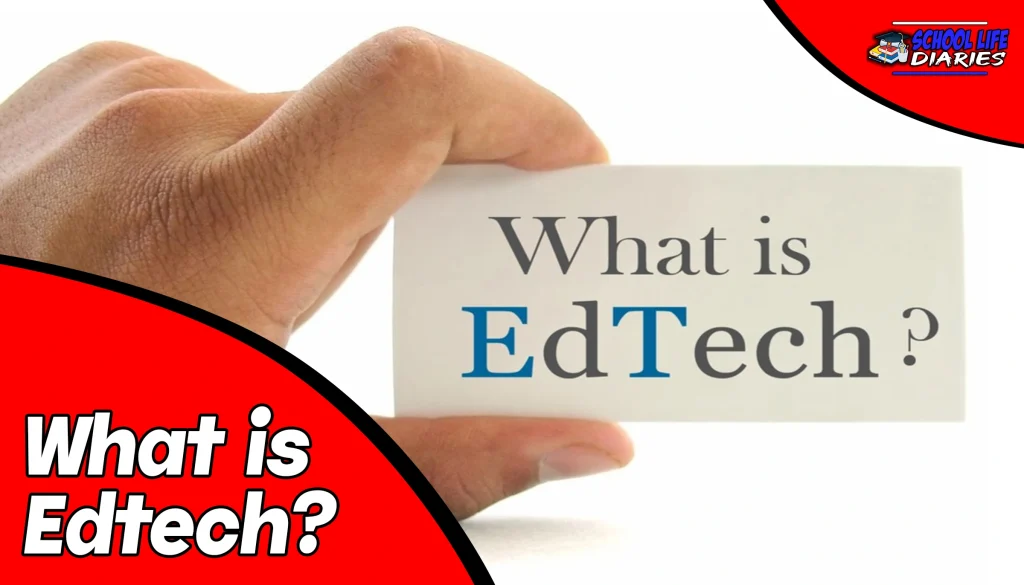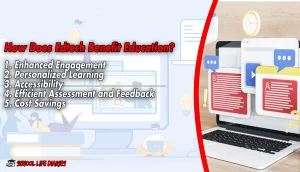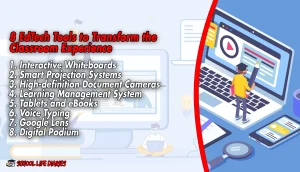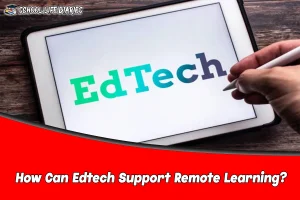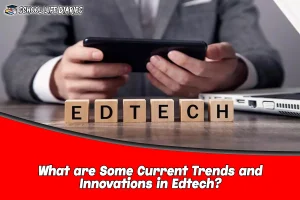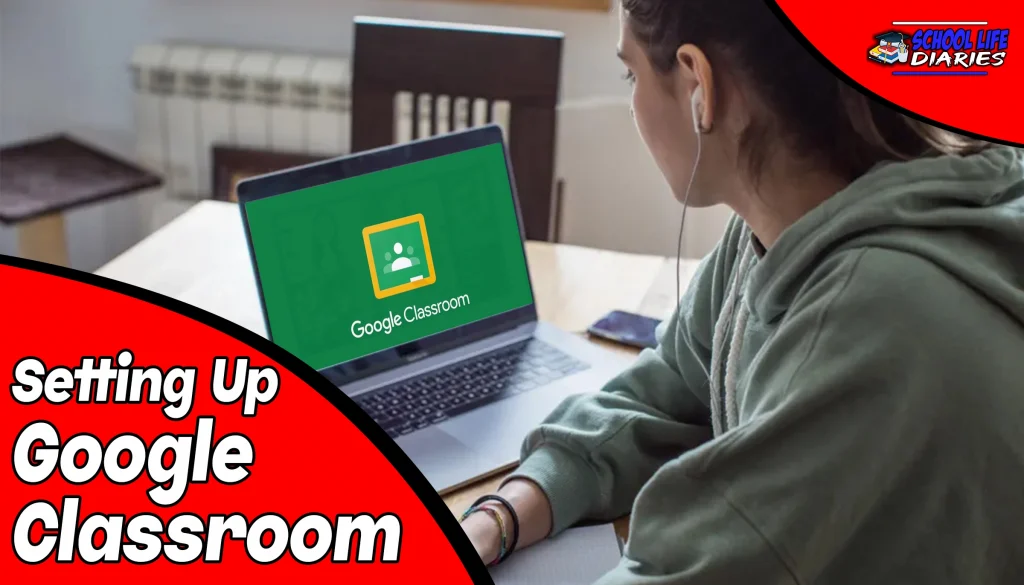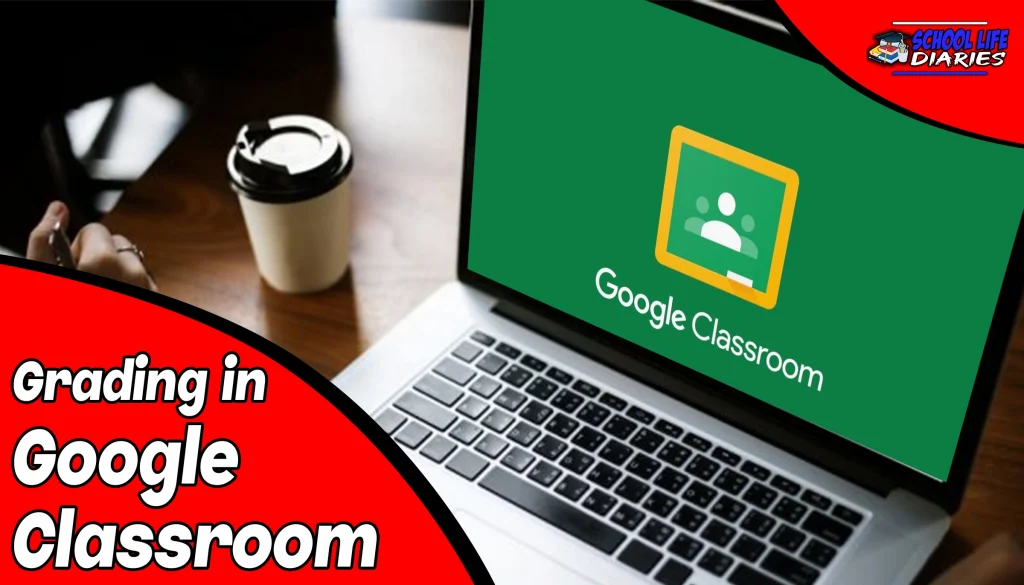In recent years, technology has transformed nearly every aspect of our lives, including education. The fusion of education and technology, often called Edtech, has become a pivotal force in modern educational systems. Edtech encompasses a wide range of tools, platforms, and resources that aim to enhance the learning experience through the application of technology.
In this comprehensive article, we will delve into the world of Edtech, exploring its benefits in education, the various tools that have revolutionized classrooms, its role in remote learning, its relationship with traditional teaching methods, and current trends and innovations in the field.
How Does Edtech Benefit Education?
Edtech has brought about a plethora of benefits to the field of education. Let’s examine some of the most significant advantages:
1. Enhanced Engagement
Traditional teaching methods often struggle to engage students effectively, especially in the digital age. Edtech addresses this issue by providing interactive and dynamic learning experiences. Interactive whiteboards, for instance, enable teachers to create engaging lessons with multimedia content. Students can participate actively in the learning process, making education more enjoyable and effective.
2. Personalized Learning
One size does not fit all in education, and Edtech recognizes this. Learning management systems (LMS) allow educators to tailor their teaching methods to individual students. By analyzing data on each student’s performance, teachers can adapt their strategies to suit the specific needs and learning styles of each student, ensuring better comprehension and retention of knowledge.
3. Accessibility
Edtech has opened doors to education for individuals who may have faced barriers in the past. Students with disabilities, those living in remote areas, or those who have other commitments can access educational materials and resources from virtually anywhere. This increased accessibility promotes inclusivity and ensures that education is not limited by geographical or physical constraints.
4. Efficient Assessment and Feedback
Traditional paper-based assessments can be time-consuming and may not provide timely feedback to students. Edtech tools streamline the assessment process. Online quizzes, automated grading, and instant feedback allow educators to assess student performance more efficiently and provide students with immediate insights into their strengths and weaknesses.
5. Cost Savings
While implementing Edtech can require an initial investment, it often results in cost savings in the long run. Digital textbooks and resources are more affordable than traditional printed materials. Moreover, remote learning can eliminate the need for physical classrooms and the associated costs, making education more accessible to a wider range of students.
8 EdTech Tools to Transform the Classroom Experience
To understand how Edtech benefits education, it’s essential to explore the tools and resources that have revolutionized the classroom experience. Here are eight Edtech tools that have made a significant impact:
Interactive Whiteboards
Interactive whiteboards have replaced traditional chalkboards and projectors in many classrooms. These large touch-sensitive screens allow educators to present information dynamically. Teachers can draw diagrams, play videos, and engage students in interactive lessons, making the learning experience more captivating.
Smart Projection Systems
Smart projection systems enhance visual learning. These systems can project images, videos, and 3D models, providing students with a more immersive educational experience. Teachers can also annotate and interact with the projected content, fostering greater engagement.
High-definition Document Cameras
Document cameras are advanced tools that capture and project high-quality images of documents or objects. They are excellent for showcasing detailed visuals, making them particularly useful in subjects like science and art. Document cameras promote a hands-on learning experience, even in large classrooms.
Learning Management System
A Learning Management System (LMS) is a digital platform that enables educators to manage course materials, assignments, and student assessments. It also allows students to access learning resources and collaborate with peers. LMS systems promote organization, communication, and collaboration, contributing to a more streamlined educational process.
Tablets and eBooks
Tablets and eBooks have transformed the way students access and interact with educational content. Digital textbooks are more portable and eco-friendly, while tablets enable interactive learning with various apps and multimedia content. This technology empowers students to learn at their own pace.
Voice Typing
Voice typing tools have revolutionized the way students create written assignments. They are particularly beneficial for students with learning disabilities or those who find traditional typing challenging. Voice typing promotes accessibility and increases the speed and accuracy of content creation.
Google Lens
Google Lens is a visual recognition tool that can be incredibly valuable for educational purposes. It allows students to scan and identify objects, and texts, and even solve complex math problems by simply pointing their smartphone’s camera. This tool promotes curiosity and independent learning.
Digital Podium
A digital podium is an all-in-one teaching and presentation solution. It often includes a touchscreen display, a computer, and multimedia connectivity. Educators can access digital resources, interact with students, and deliver engaging presentations from a single location, making lessons more dynamic.
How Can Edtech Support Remote Learning?
Edtech has proven to be invaluable during the era of remote learning, where students and teachers are physically separated. The following are ways in which Edtech supports remote learning:
- Virtual Classrooms: Edtech tools, such as video conferencing platforms and virtual classrooms, enable educators to conduct live online classes. Students can participate from the comfort of their homes, ensuring continuity of education in challenging times.
- Digital Resources: Digital textbooks, online libraries, and open educational resources (OER) have made it possible for students to access course materials from anywhere with an internet connection.
- Collaboration Tools: Edtech offers a variety of collaborative platforms that allow students to work together on group projects, share ideas, and receive real-time feedback.
- Assessment and Feedback: Edtech enables teachers to create and administer online quizzes and assignments. These tools automate grading and provide instant feedback, ensuring that the learning process remains efficient and productive.
- Accessibility Features: Edtech can be customized to accommodate students with diverse needs, such as those with disabilities or language barriers, making remote learning more inclusive.
Does Edtech Replace Traditional Teaching Methods?
While Edtech has brought significant improvements to education, it is important to note that it does not necessarily replace traditional teaching methods. Instead, it complements and enhances them. Traditional teaching methods, such as lectures and in-person interactions, continue to be valuable in certain contexts. Edtech serves as a tool to make these methods more effective and engaging.
The key is to strike a balance between traditional and Edtech-based teaching methods. This hybrid approach acknowledges that different students have different learning preferences, and a combination of methods can cater to these diverse needs. Educators should use Edtech to supplement traditional teaching, ensuring that technology is a supportive rather than a substitutive force in education.
What are Some Current Trends and Innovations in Edtech?
Edtech is a rapidly evolving field, and staying up to date with the latest trends and innovations is crucial for educators and students alike. Here are some of the current trends and innovations in Edtech:
- Artificial Intelligence (AI) and Machine Learning: AI-powered systems are used to personalize learning experiences, offer adaptive assessments, and provide intelligent tutoring. These technologies can analyze student performance data to provide tailored content and support.
- Augmented Reality (AR) and Virtual Reality (VR): AR and VR technologies are increasingly used to create immersive educational experiences. Students can explore historical events, scientific concepts, or even the human body in 3D, enhancing understanding and engagement.
- Gamification: Gamified learning platforms make education more fun and engaging. They incorporate game elements like challenges, rewards, and leaderboards into the learning process, motivating students to participate actively.
- Blockchain for Credentials: Blockchain technology is being used to verify and store academic credentials securely. This innovation ensures the integrity of certificates, degrees, and qualifications.
- Remote Proctoring: As online assessments become more prevalent, remote proctoring tools use AI to monitor students during exams and prevent cheating, ensuring the integrity of the evaluation process.
- Microlearning: Microlearning involves delivering content in small, focused segments. It is gaining popularity as it aligns with the shorter attention spans and busy schedules of today’s learners.
- Cloud-Based Solutions: Cloud-based platforms make it easier for students and educators to access, share, and collaborate on educational resources from anywhere, using any device.
- Open Educational Resources (OER): OER, including textbooks, courses, and educational materials, are freely available online. They are increasingly adopted to reduce the cost of education and promote accessibility.
Conclusion
Edtech has become an integral part of modern education, offering numerous benefits to students and educators. From enhancing engagement and personalizing learning to supporting remote learning and streamlining assessment, the advantages of Edtech are evident. However, it is essential to use technology as a complement to, rather than a replacement for, traditional teaching methods.
As Edtech continues to evolve, the latest trends and innovations promise to further transform the education landscape. By staying current with these developments, educators can harness the power of technology to provide a richer and more effective learning experience for students. In the coming years, Edtech is poised to play an even more significant role in shaping the future of education, making learning more accessible, engaging, and tailored to individual needs.

